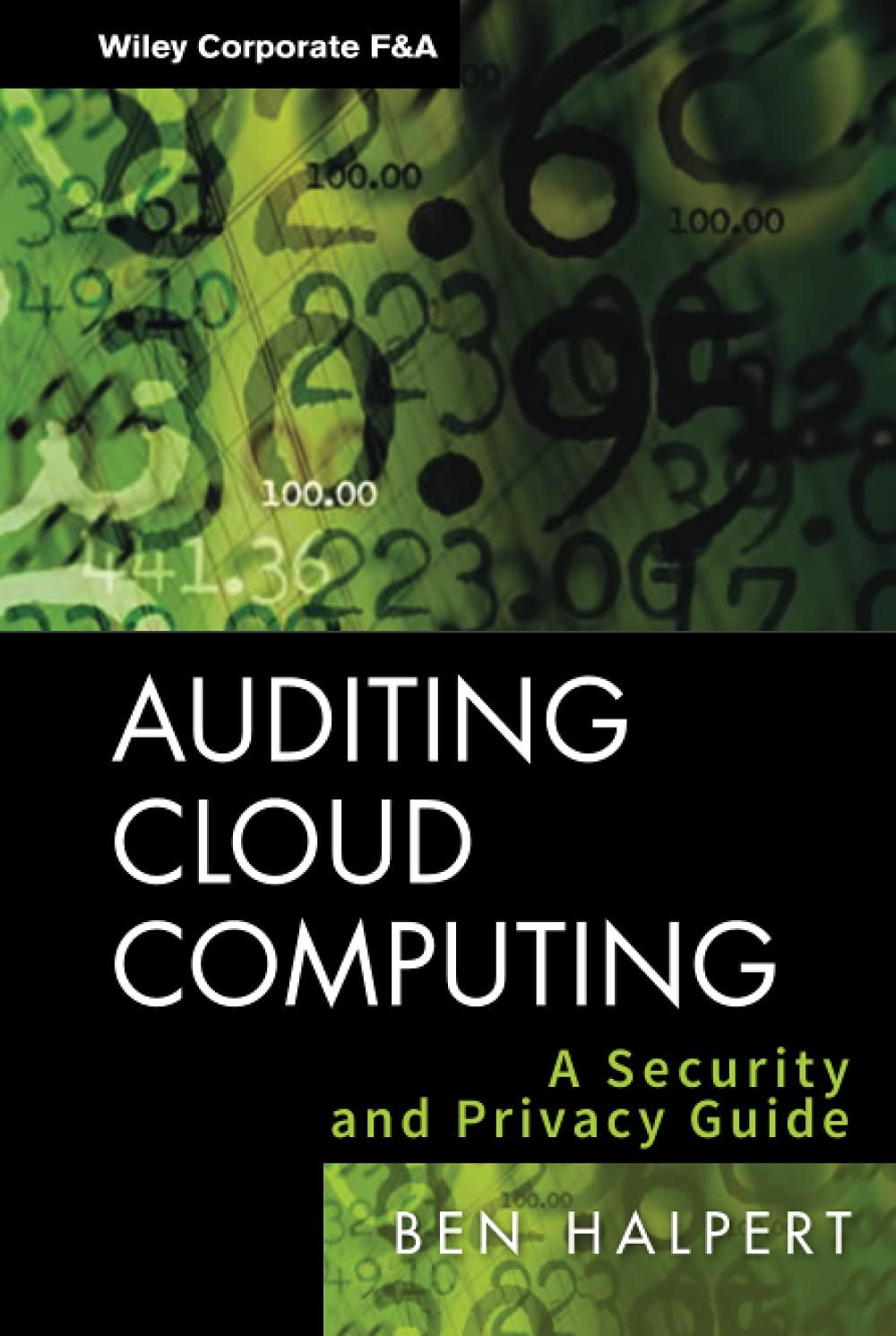Question
Consider the Hotelling-Downs electoral competition model with four players, each chooses a policy position on the real line to maximize their probability of winning the
Consider the Hotelling-Downs electoral competition model with four players, each chooses a policy position on the real line to maximize their probability of winning the election, which is decided by the Plurality Rule (i.e., the candidate that receives the largest number of votes wins) where ties are broken by a fair lottery. Now assume that the voters' ideal policies are distributed uniformly over [0, 1]. (This means that, for all 0 a b 1, the proportion of the voters with ideal policies between a and b is equal to b a. Thus, the median voter now has ideal policy 1/2 .)
(a) Now consider the action profile (1/3 , 1/3 , 2/3, 2/3), i.e., players 1 and 2 choose 1/3 , while players 3 and 4 choose policy platform 2/3 . Is this action profile a Nash equilibrium? Explain your answer.
(b) Now suppose that there are only three players. Is (1/3 , 2/3 , 2/3) a Nash equilibrium?
Explain.
(c) Now suppose that there are still three players but the players' objective is to maximize their vote share (the proportion of voters voting for them). Is (1/3 , 2/3 , 2/3) a Nash
equilibrium? Explain.
Step by Step Solution
There are 3 Steps involved in it
Step: 1

Get Instant Access to Expert-Tailored Solutions
See step-by-step solutions with expert insights and AI powered tools for academic success
Step: 2

Step: 3

Ace Your Homework with AI
Get the answers you need in no time with our AI-driven, step-by-step assistance
Get Started


